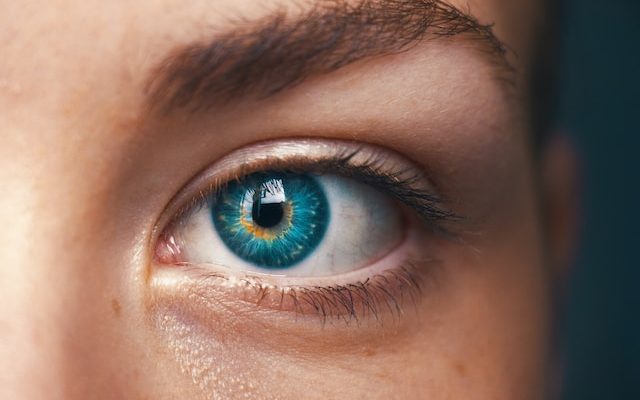A frequent age-related eye ailment that can gradually impair eyesight is cataracts. For quick action to be taken, early symptom recognition is crucial. This piece will explore five key indicators of cataracts and the appropriate steps to take if you suspect their presence.
Understanding the signs of cataracts and taking swift action upon detection can be instrumental in preserving clear vision and addressing potential issues early on.
Blurred Vision
Blurred vision is often one of the first noticeable signs of cataracts. When the eye’s lens becomes clouded, it can lead to a gradual loss of clarity and sharpness in your vision.
This blurring effect may make it challenging to see fine details, and you might notice a general haziness in your visual field. Initially, this blurriness may be more noticeable in well-lit conditions or when trying to focus on objects at a distance.
Consult an eye care expert as soon as possible if your vision becomes persistently blurry. Early detection and intervention are key to managing cataracts effectively, and an eye examination can help determine the extent of the condition and the appropriate course of action for your visual health.
Increased Sensitivity to Light:
The symptoms of cataracts can manifest in various ways, and increased sensitivity to light is a prevalent indication. Individuals with cataracts often encounter heightened discomfort in bright environments, prompting behaviors like squinting or experiencing difficulties with glare.
This heightened sensitivity can significantly impact daily activities, making routine tasks more challenging in well-lit conditions. If you observe these symptoms, it is advisable to prioritize your eye health and promptly seek an eye examination to determine the extent of the issue.
Early symptom recognition enables prompt intervention and suitable therapy, guaranteeing long-term good eye health.
Frequent Changes in Prescription Glasses:
Cataracts can subtly impact vision, leading to a notable and often frustrating phenomenon—frequent changes in prescription glasses. As these cloudy formations develop within the eye’s natural lens, they cause light to scatter, resulting in changes to how one perceives images.
Individuals may find that their current eyeglass prescription no longer offers the clarity it once did, prompting the need for frequent adjustments. This occurrence can be particularly perplexing for those accustomed to stable vision correction.
If you find yourself in a cycle of changing prescriptions without a clear explanation, it’s a compelling reason to consult with an eye care professional. Addressing these shifts in vision promptly through regular eye examinations can help identify cataract-related changes and guide appropriate measures to maintain optimal visual acuity.
Difficulty Seeing at Night:
Cataracts can cast a shadow on one’s ability to navigate low-light environments, leading to a common symptom—difficulty seeing at night. Individuals with cataracts may find their night vision compromised, making it challenging to discern objects in dimly lit settings.
Additionally, the development of cataracts can introduce visual anomalies such as halos around lights, further complicating night-time visibility. If you notice these issues impacting your nocturnal vision, it is crucial to prioritize a conversation with an eye care professional.
Timely consultation can help determine if cataracts are contributing to these difficulties and enable the exploration of suitable interventions to enhance night vision. Managing cataract-related symptoms promptly can significantly improve the overall quality of one’s visual experiences, especially in low-light conditions.
Yellowing or Tinting of Vision:
The progression of cataracts often introduces a distinctive visual alteration—a yellowing or browning tint in one’s field of vision. This discoloration is a result of the clouding of the eye’s natural lens, affecting the transmission of light.
Therefore, the world may appear tinged with yellow or brown hues, influencing the way colors are perceived. Individuals experiencing such changes in color vision should consider seeking professional advice promptly.
Consulting with an eye care specialist can help determine the extent of cataract development and guide appropriate interventions to address the impact on color perception.
Addressing these symptoms early on is crucial not only for maintaining accurate color vision but also for ensuring comprehensive eye health and well-being.
Conclusion:
Understanding the signs of cataracts and taking proactive steps is crucial for maintaining good eye health. Regular eye check-ups and early intervention can significantly impact the progression of cataracts, ensuring optimal vision for years to come.
By staying vigilant, attending regular eye check-ups, and addressing signs early, individuals can actively contribute to preserving optimal vision and mitigating the impact of cataracts on their eye health.














Comments